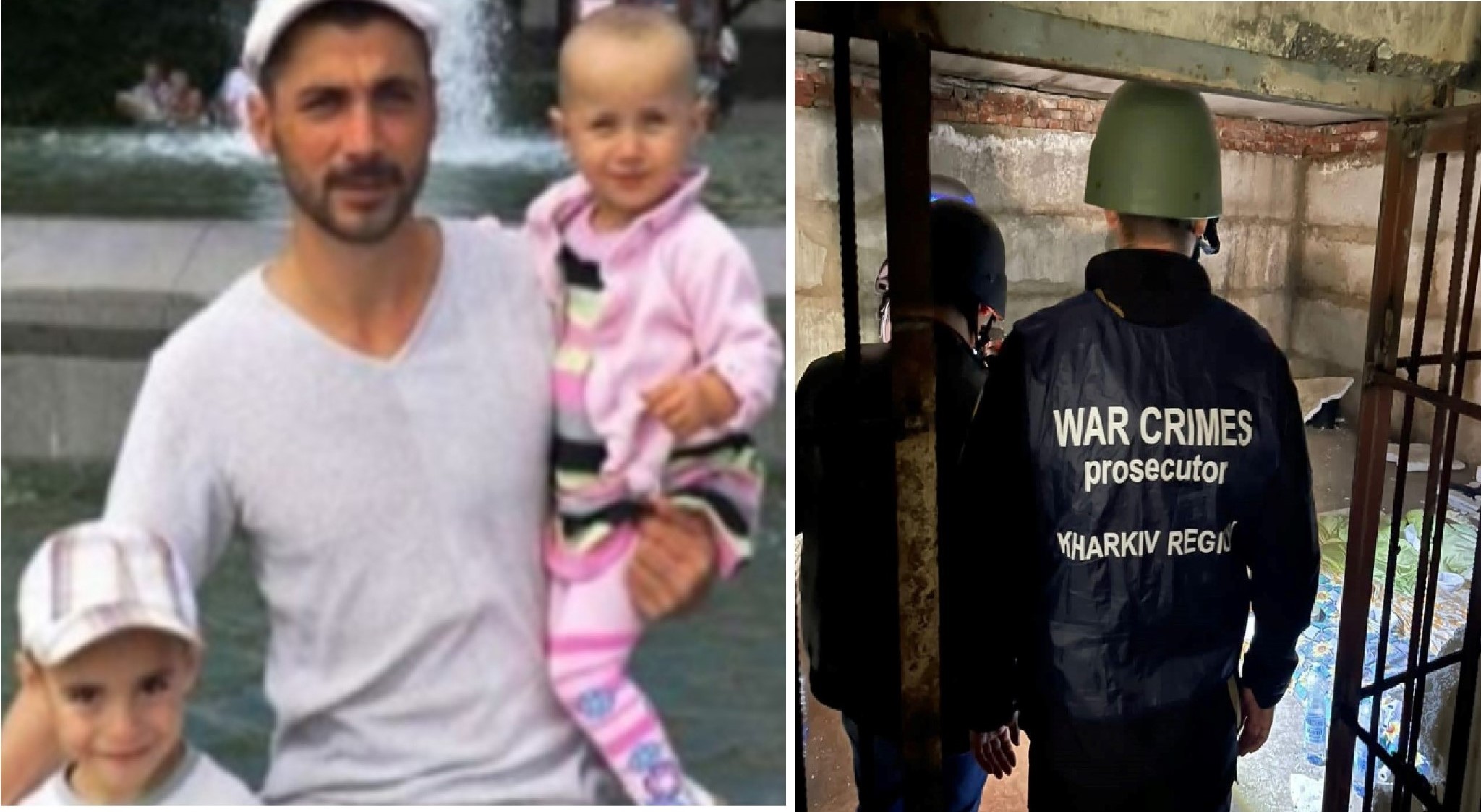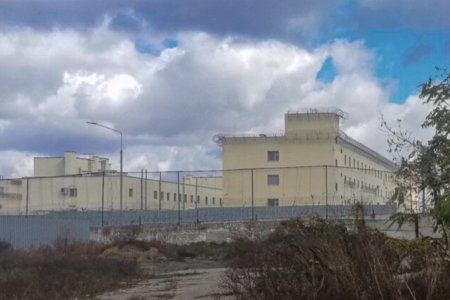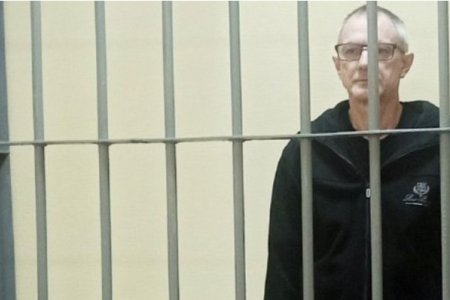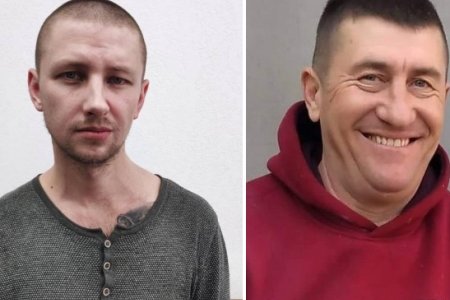
Ten years ago, on 3 March 2014, Reshat Ametov came out in silent protest at Russia’s invasion and annexation of his native Crimea. The 39-year-old Crimean Tatar father of three was seized by paramilitaries and was seen alive for the last time being forced into their car and taken away. His body was found, savagely mutilated, almost two weeks later. A close friend of the family, Lerane Khaibullaeva, explained that Reshat had understood the danger he faced but had wanted his children to live in a free Crimea. He was formally recognized as a Hero of Ukraine in March 2018.
Ametov’s abduction was in broad daylight, with his perpetrators clearly visible on video footage. No attempt was ever seriously made by the Russian occupiers to bring them to justice, nor to find the many Crimean Tatar and other Ukrainian victims of Russia’s enforced disappearances. While many of the victims, like Ervin Ibragimov, Timur Shaimardanov and Vasyl Chernysh were doubtless targeted for their work as civic activists, Russia’s abduction of some very young Crimean Tatar lads who were also never seen again was probably about general terrorization of the Crimean Tatar community. The victims included 19-year-old Islam Dzhepparov and his 23-year-old cousin Dzhevdet Islamov, whose abductors were never found even though witnesses could give the occupation authorities the abduction vehicle’s registration number.
The situation in Russia’s proxy ‘Donetsk and Luhansk people’s republics’ [occupied Donbas] was no different. Civilian hostages have been seized, tortured and, in many cases, ‘sentenced’ to huge terms of imprisonment on absurd charges. In some cases, those seized by the Russians or local collaborators simply disappeared. We know from former hostages, held and tortured at the Izolyatsia secret prison in occupied Donetsk that some of the hostages held with them were tortured to death.
As in occupied Crimea, many of the victims were probably targeted for their openly pro-Ukrainian stand. Others, however, may have simply been in the wrong place at the wrong time, or have been abducted because the militants took a fancy to their car or business.
It cannot be said that any of this was hidden from international view, yet it was only after Russia’s full-scale invasion of Ukraine, that the systematic nature of Russia’s use of enforced disappearances; torture; extrajudicial killings and other war crimes became graphically clear in, for example, Bucha. This has since been acknowledged by, among others, the Independent International Commission of Inquiry on Ukraine. This body was created by the UN’s Human Rights Council soon after Russia’s full-scale invasion. It has, thus far, published two extensive reports, documenting evidence of Russia’s war crimes in Ukraine, including rape and other sexual crimes; systematic and widespread use of torture; indiscriminate attacks on civilian targets; the seizure of civilian hostages, and others. The Commission also found evidence of incitement to genocide.
In September 2022, Dr Alice Edwards, the United Nations Special Rapporteur on Torture, stated at a press conference in Kyiv that her interviews with former hostages and POWs, as well as other research, had led her to conclude that Russia’s use of torture was of a systematic nature, and that this was part of Russian state-endorsed policy.
In a recent roundtable on Russia’s imprisonment of civilian hostages, Oleksandr Pavlichenko, Executive Director of the Ukrainian Helsinki Human Rights Union, stressed that Russia has, for the past 10 years, used demonstrative reprisals against civilians as a method for terrorizing the population and forcing others to obey their orders. Although the total number of Ukrainian civilians held in Russian captivity is difficult to assess, Ukraine’s Coordination Headquarters on Political Prisoners, around 14 thousand of those prisoners of war, civilian hostages and children held by or taken to Russia are believed to be civilians. However, the whereabouts are known of only 1600 civilians, with a tiny percentage (147) returned. Civilians are often targeted for their pro-Ukrainian views; as former police, border guards or Ukrainian defenders, however, like on all occupied territory since 2014, it is hard to say why some were seized.
It is a grave violation of international law to take civilians hostage and to move people to the occupying state’s territory. Russia has demonstrated only contempt for international law, and such prohibitions only make it harder to find mechanisms for returning such civilian hostages whom Russia very often does not admit to holding prisoner.
Yevhen Zakharov, Director of the Kharkiv Human Rights Protection Group, pointed out that those abducted are normally first held and tortured in local torture chambers. In parts of Kharkiv oblast that were under occupation, there are known to have been 33 such torture chambers where victims were held for up to 8 months. The Tribunal For Putin Coalition is aware of 4,304 civilians held, including 200 who were underage. Those who are not released after such torture, are either taken to official remand prisons [SIZO] or to penal institutions on occupied territory or in Russia. In some cases, Russia treats civilians as prisoners of war. The opposite, however, can also be true, with Pavlo Zaporozhets, a prisoner of war, sentenced to 12 years on grotesque international terrorism charges for having been serving his country as part of Ukraine’s Military Intelligence.
Zakharov notes that Russia has claimed to be holding some of the civilian hostages as “people who opposed SVO’ [the so-called ‘special military operation’, Russia’s war of aggression against Ukraine]. There is no such ‘offence’ in Russia’s criminal code. This is likely the reason that civilians like Iryna Horobtsova from Kherson and Oleksandr Babych, Mayor of Hola Prystan, have been held for almost two years without any charge being laid, and without Russia even admitting that they are imprisoned. Age is no obstacle to the invaders, with 75-year-old Spanish volunteer Mariano Garcia Calatayud [generally known simply as Mario] from occupied Kherson held prisoner since 19 March 2022 and subjected to horrific forms of torture. His wife, Tetiana, told the roundtable that she had finally (after around a year) received confirmation that Mario was being held at SIZO No. 2 in occupied Simferopol. Then, however, he was taken to an effectively secret prison in Chonhar and she now again has no idea where he is being held.
In very many cases, we only know that people are held in this or that penal institution (or informal torture chamber) when others, normally prisoners of war, are released and able to contact the civilian’s family.
See also:
Russia is holding around four thousand Ukrainian civilians prisoner, torturing most of them



